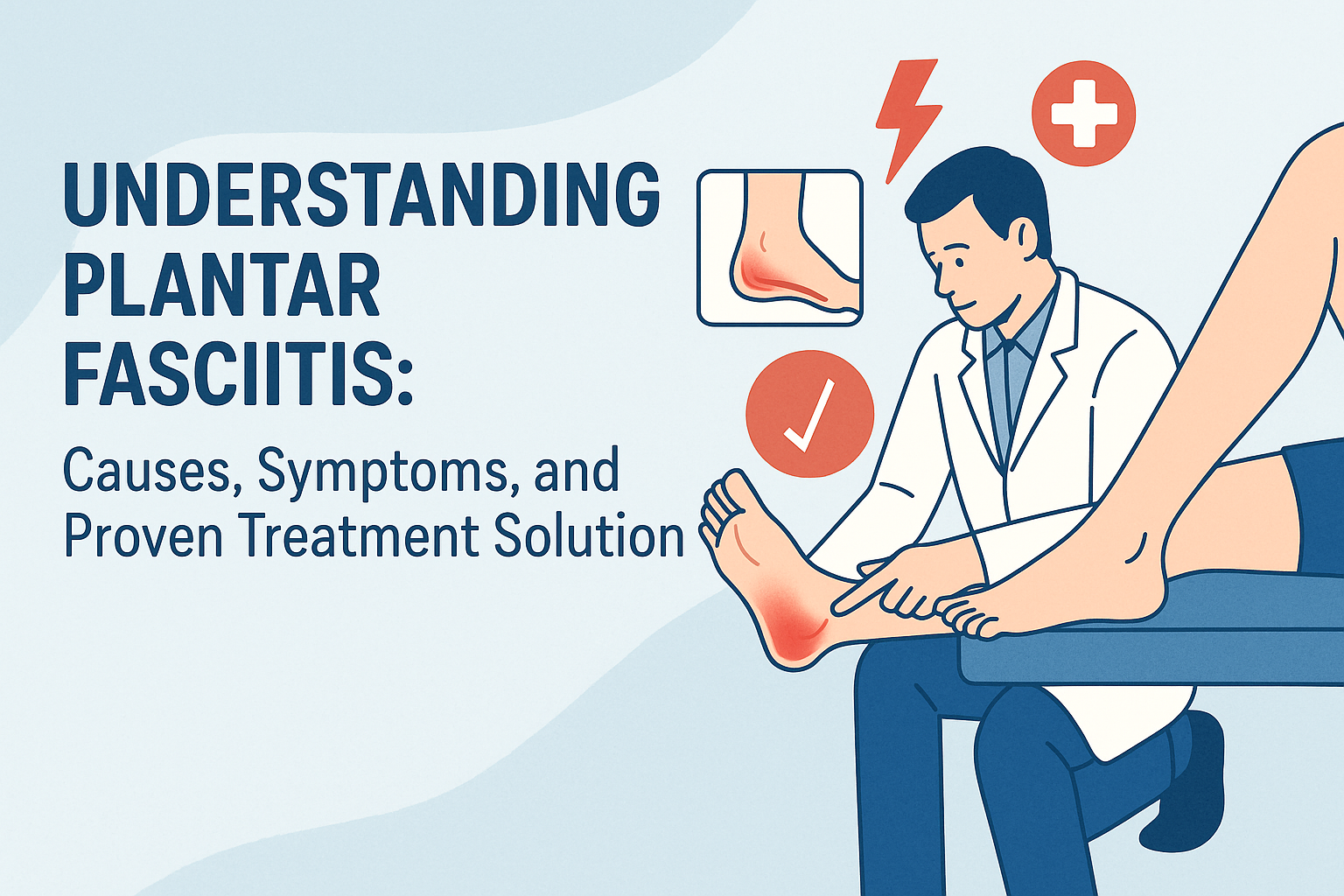Plantar fasciitis is one of the most common causes of heel pain, but many people don’t realize they have it. If you wake up with a sharp pain in your foot or feel discomfort after standing for long hours, this condition could be the reason. In this post, we’ll break down what plantar fasciitis is, what causes it, and how you can treat it at home. You’ll also learn simple stretches, helpful tools, and ways to stop the pain from coming back. Let’s take the mystery out of this painful condition and get you walking pain-free again.
Table of Contents
🚨 Looking for more information about Plantar Fascia? Check out Must Have Tools for Plantar Fasciitis Recovery at Home (2025 Edition) or other related posts throughout this site.
🏁 What Is Plantar Fasciitis?
Plantar fasciitis is a condition that causes pain in the bottom of your foot, usually near the heel. It happens when the plantar fascia—a thick band of tissue that connects your heel bone to your toes—gets irritated or inflamed. This tissue supports the arch of your foot and helps you walk, run, and stand.
When the plantar fascia is overstretched or used too much, tiny tears can form. Over time, these tears lead to pain, especially when you first get out of bed in the morning or after sitting for a long time.
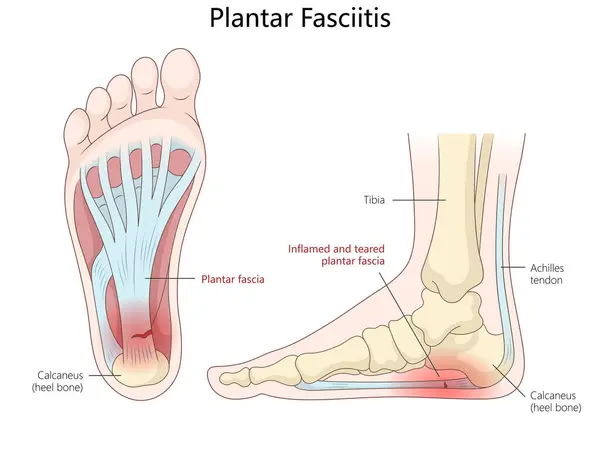
Common Signs of Plantar Fasciitis:
- Sharp or stabbing pain in the heel
- Pain that’s worse after rest (like sleeping or sitting)
- Foot pain after long periods of standing or walking
- Tenderness along the arch or heel
It’s a very common problem, especially for runners, people who are on their feet all day, or those who wear unsupportive shoes.
🧾 What Causes Plantar Fasciitis?
Plantar fasciitis is usually caused by too much stress on the bottom of your foot, especially the arch. Over time, this stress can lead to small tears in the plantar fascia, which causes pain and inflammation.
Common Causes of Plantar Fasciitis:
- Overuse – Too much walking, running, or standing without rest
- Poor Footwear – Shoes with little arch support or thin soles
- Tight Muscles – Tight calf muscles or Achilles tendons pull on the heel
- Flat Feet or High Arches – These change how weight is spread across your foot
- Extra Weight – Added pressure on your feet can strain the plantar fascia
- Sudden Increase in Activity – Starting a new exercise routine too quickly
This condition often builds up slowly, and many people don’t realize what’s causing the pain until it gets worse.
Even small changes in your daily habits—like standing longer at work or switching to less supportive shoes—can lead to plantar fasciitis over time.
🟡 Common Symptoms of Plantar Fasciitis
The most noticeable symptom of plantar fasciitis is sharp, stabbing heel pain, especially when you first step out of bed in the morning. The pain usually gets better after a few minutes of walking but can come back after long periods of standing, walking, or rest.
Key Symptoms to Watch For:
- Sharp pain in the bottom of the heel or foot
- Pain when taking your first steps in the morning
- Heel pain after sitting or resting for a while
- Pain that worsens after standing, walking, or exercising
- Tenderness or tightness in the arch of the foot
- Mild swelling or warmth in the heel area
The pain often starts off mild but can become more intense if the problem isn’t treated. Many people describe it as feeling like a knife or pin is sticking into their heel.
If you notice these signs, especially in both feet or for several weeks in a row, it’s time to take action and start a treatment plan.
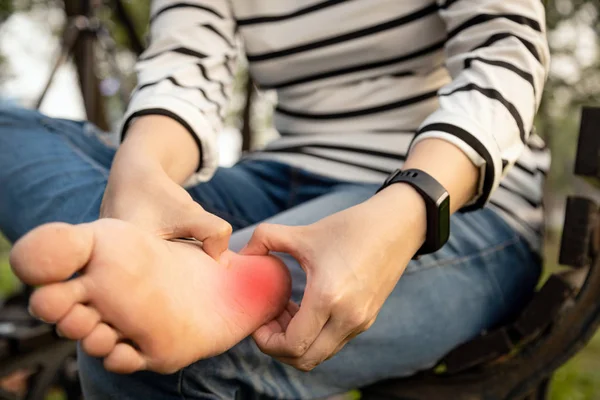
👨⚕️ Diagnosis and When to See a Specialist
If you’ve been dealing with heel pain for more than a few weeks, it’s a good idea to get a proper diagnosis. While plantar fasciitis is very common, other foot problems—like heel spurs, nerve issues, or tendon injuries—can cause similar symptoms.
How Plantar Fasciitis Is Diagnosed:
Most of the time, a healthcare provider (like a physical therapist, podiatrist, or doctor) can diagnose plantar fasciitis by asking about your symptoms and examining your foot. They’ll check:
- Where the pain is located
- When the pain starts and how long it lasts
- Your foot shape, walking pattern, and flexibility
In some cases, they may order an X-ray or ultrasound to rule out other conditions or check for a heel spur.
When to See Specialist:
- Your pain lasts longer than 2–3 weeks with no improvement
- The pain is getting worse, not better
- You have swelling, tingling, or numbness in your foot
- It’s hard to walk or do daily activities because of the pain
Early treatment can prevent the condition from becoming chronic or needing more advanced care like injections or surgery.
✅ Effective Plantar Fasciitis Treatments
The good news? Most cases of plantar fasciitis can be treated at home with simple, low-cost methods. The key is to reduce stress on the plantar fascia while helping it heal.
Below are the most effective treatment options to relieve heel pain and get you back on your feet.
🔹 Home Remedies for Plantar Fasciitis
Start with the basics. These simple steps can make a big difference:
- Rest – Give your feet time to recover, especially after long days on your feet
- Ice Therapy – Roll a frozen water bottle under your foot for 10–15 minutes
- Foot Elevation – Helps reduce swelling after standing or walking
- Massage – Use a tennis ball or massage roller under the arch
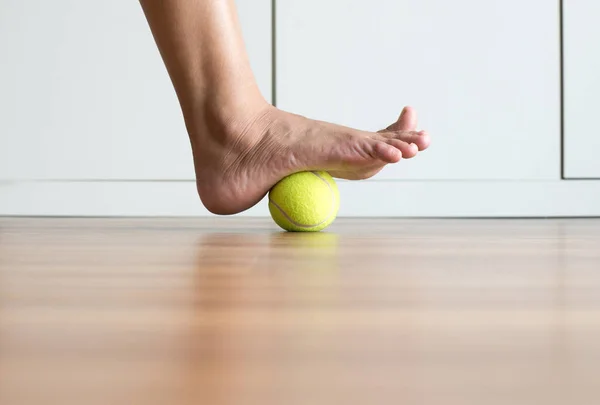
These home remedies reduce inflammation and pain while helping the tissue heal.
🔹 Best Exercises and Stretches
Regular stretching is one of the most effective ways to treat and prevent plantar fasciitis:
- Calf Stretch – Lean against a wall with your back leg straight and heel on the floor
- Towel Stretch – Sit down, loop a towel around your foot, and gently pull it toward you
- Plantar Fascia Stretch – While sitting, pull your toes back to stretch the bottom of your foot
Do these 2–3 times a day, especially in the morning and before bed.
🔹 Supportive Footwear and Orthotics
Wearing the right shoes is crucial for healing and preventing flare-ups:
- Choose shoes with good arch support and cushioning
- Avoid flat sandals or worn-out sneakers
- Consider orthotic insoles to support your arch and relieve pressure on the heel
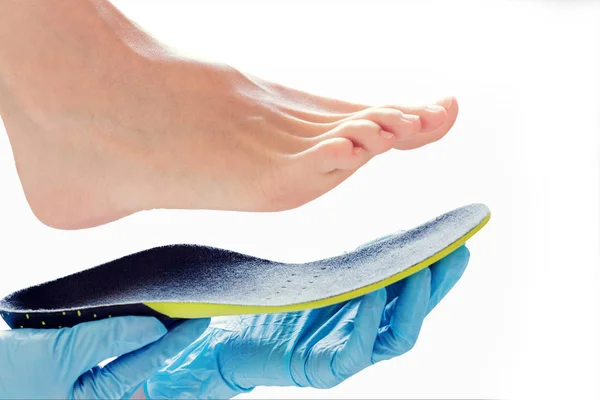
You can also wear heel cups, compression socks, or night splints for added support and relief.
🔹 Rehab Tools to Use at Home
Physical therapy tools can speed up recovery and reduce daily pain:
- Foot rollers or massage sticks
- Stretching straps for better range of motion
- Plantar fasciitis socks for light compression
- Night splints to keep your foot in a stretched position while you sleep
These tools are easy to use and can make a big difference in your healing journey
🛑 Preventing Plantar Fasciitis from Coming Back
Once your heel pain starts to fade, the last thing you want is for it to come back. Luckily, there are a few simple habits you can build into your daily routine to keep plantar fasciitis from flaring up again.
🔄 Stick with Daily Stretching
- Keep doing your calf and foot stretches, even after the pain is gone
- Stretch before getting out of bed and after long periods of sitting or standing
👟 Wear Supportive Shoes All Day
- Choose shoes with good arch support and cushioned soles
- Avoid walking barefoot on hard floors, especially in the morning
- Replace worn-out shoes regularly
⚖️ Manage Weight and Activity Levels
- Extra body weight puts more stress on your feet
- Try low-impact exercises like biking or swimming while healing
- Don’t jump back into high-impact workouts too quickly
🧰 Use Tools as Needed
- Keep a foot roller or massage ball at home or work
- Use orthotic insoles or compression socks if you’re on your feet all day
Even after you heal, maintaining these habits can help protect your feet long-term and reduce your risk of chronic heel pain.
❓ Frequently Asked Questions About Plantar Fasciitis
1. Can plantar fasciitis go away on its own?
Yes, mild cases of plantar fasciitis can improve on their own with rest, stretching, and supportive footwear. But without proper care, the pain can last for months or come back again later.
2. How long does plantar fasciitis take to heal?
Most people feel better within 6 to 12 weeks using home treatments. In more serious cases, healing may take several months—especially if the condition is ignored or worsens over time.
3. Is walking good or bad for plantar fasciitis?
Gentle walking can help keep your foot flexible and strong, but too much walking—especially on hard surfaces or in bad shoes—can make symptoms worse. Listen to your body and wear supportive shoes.
4. What shoes are best for plantar fasciitis?
Look for shoes with:
- Arch support
- Cushioned heels
- Firm midsoles
Running shoes, walking shoes, and orthopedic footwear are usually good choices. Avoid flip-flops and flat shoes.
🧠 Final Thoughts
Plantar fasciitis can be painful and frustrating, but with the right knowledge and tools, you can take control of your healing. By understanding the causes, recognizing the symptoms early, and following a proven treatment plan, you can ease your heel pain and prevent it from coming back.
👣 Ready to take the first step toward pain-free feet?
Check out our top recommended tools for plantar fasciitis relief and start your recovery at home today!
🛠️ Top Tools to Relieve Plantar Fasciitis at Home
Here are some of the most effective and affordable tools to support your healing and reduce heel pain:
1. Foot Massage Roller or Ball

Why it helps: Relieve tension and boost blood flow in seconds. This textured roller targets the arch of your foot to ease tightness and reduce pain after long days. Compact and easy to use at home or work—just roll under your foot for quick relief.
✅ Non-slip grip | ✅ Travel-friendly | ✅ Great for daily use
🔗 Massage Roller Set
2. Plantar Fasciitis Night Splint
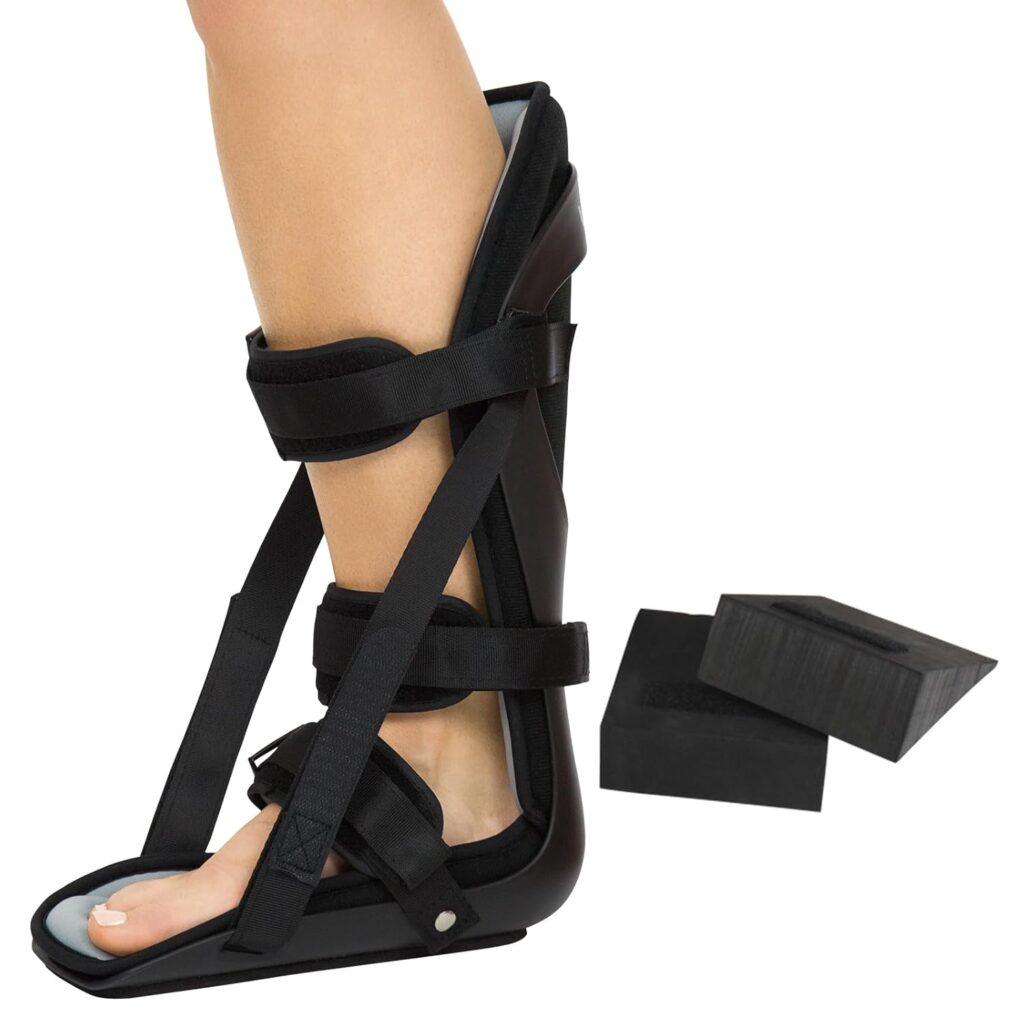
Why it helps: Wake up with less heel pain. This adjustable night splint holds your foot in a gentle stretch while you sleep, reducing morning stiffness and speeding up recovery. Designed for comfort with soft padding and adjustable straps.
✅ Comfortable fit | ✅ Lightweight | ✅ Ideal for chronic cases
🔗 Plantar Fascia Night Splint
3. Compression Socks for Plantar Fasciitis
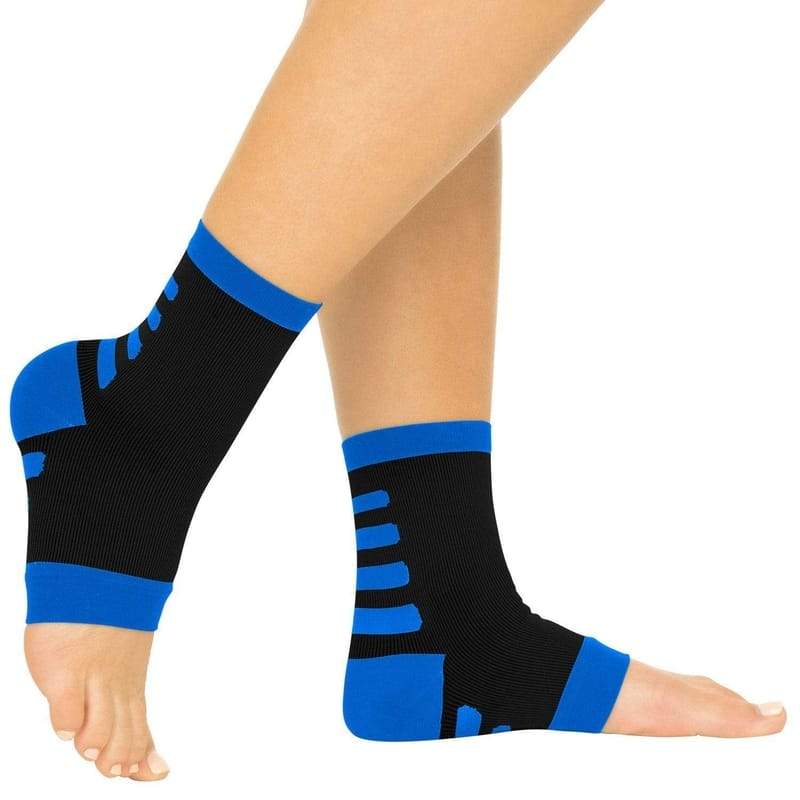
Why it helps: Support your arch, reduce swelling, and stay active. These breathable socks provide targeted compression to relieve heel pain and improve circulation. Perfect for work, workouts, or long days on your feet.
✅ Arch and ankle support | ✅ Moisture-wicking | ✅ All-day wear
🔗 Compression Socks for Plantar Fasciitis
4. Orthotic Insoles
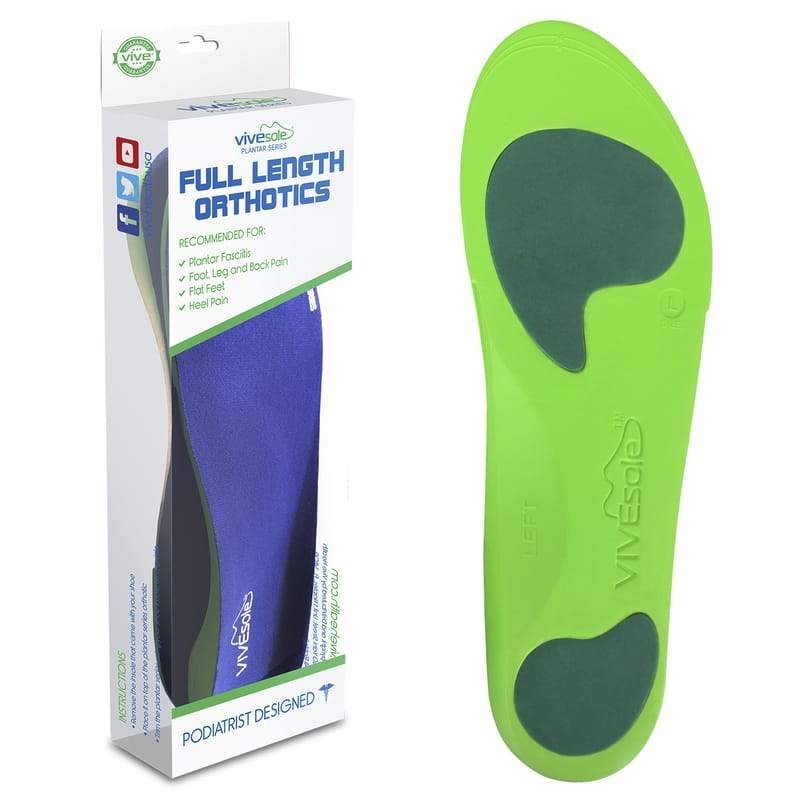
Why it helps: Turn any shoe into foot-friendly support. These high-quality insoles offer strong arch support, deep heel cushioning, and shock absorption. Ideal for people with flat feet, high arches, or long work shifts.
✅ Trim-to-fit design | ✅ Long-lasting comfort | ✅ Fits most shoes
🔗 Orthotic Insoles
5. Stretching Strap or Towel
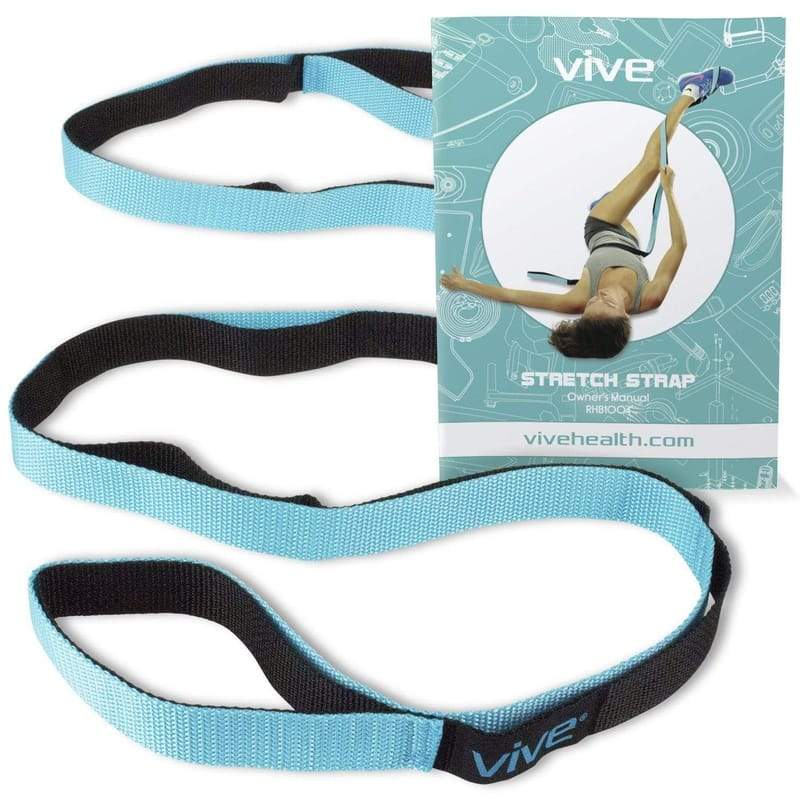
Why it helps: Make foot and calf stretches safer and more effective. This strap helps you control your stretch while protecting your joints and muscles. A must-have tool for your daily pain relief routine.
✅ Durable and flexible | ✅ Easy for all ages | ✅ Boosts flexibility
🔗 Stretching Strap
💬 Pro Tip: “For best results, combine these tools with a daily stretching routine and supportive footwear.”


